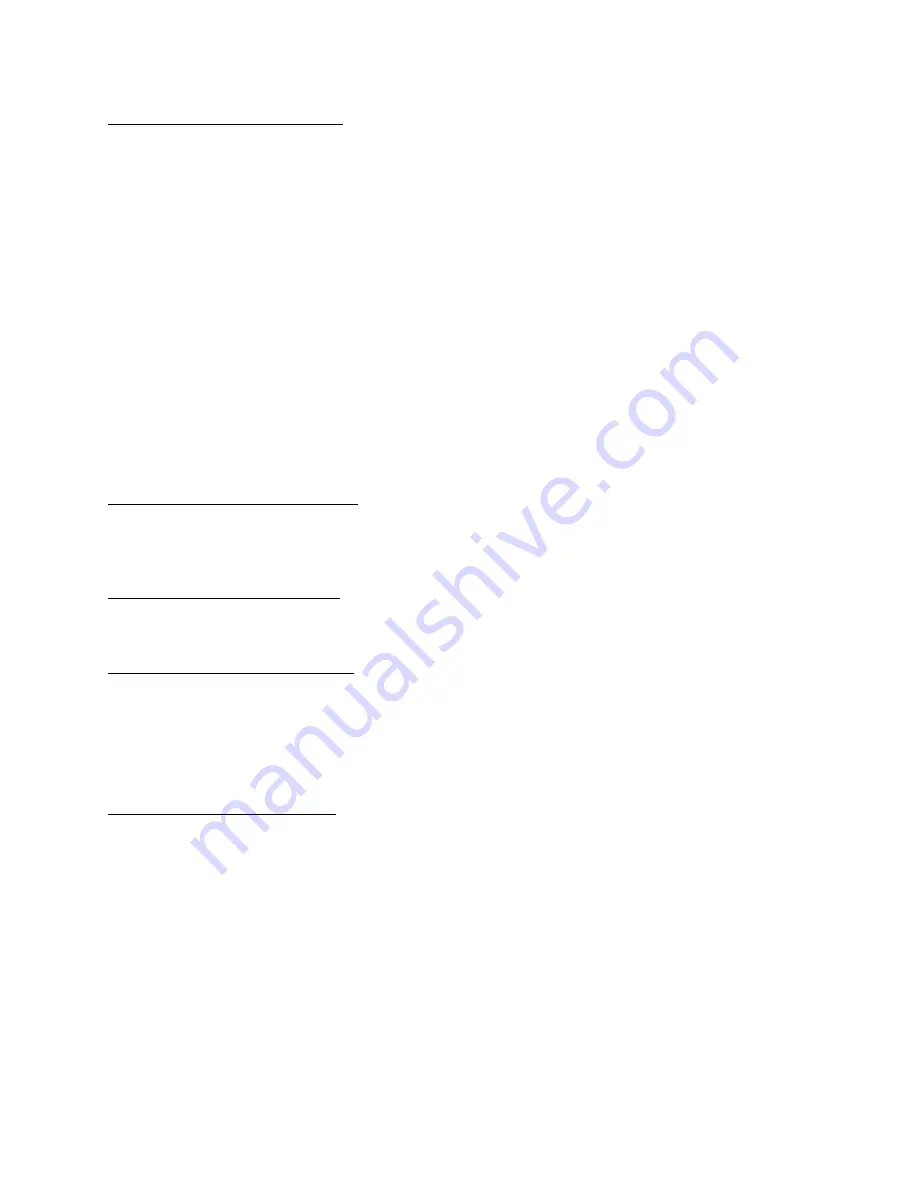
27
Section 10 - Stability and Reactivity
Optimum Nano batteries are stable under normal usage.
Stability
Stable
Conditions to Avoid
Avoid exposing the battery to fire or high temperature. Do not disassemble, open, crush, puncture,
incinerate, short circuit across the terminals or install with incorrect polarity. Avoid mechanical abuse and
electrical abuse. The batteries are incompatible with water, moisture, oxidizing agents, reducing agents,
acids and bases.
Hazardous Decomposition Products
This material may release toxic fumes if burned or exposed to fire.
Hazardous Polymerization
Will not occur.
If leaked, it is forbidden to contact with strong oxidizers, mineral acids, strong alkalis, halogenated
hydrocarbons.
Section 11 - Toxicological Information
Inhalation, skin contact, and eye contact are possible when the battery is opened. Exposure to internal
contents, the corrosive fumes will cause irritation to skin, eyes and mucous membranes. Over exposure
can cause symptoms of non-fibrotic lung injury and membrane irritation.
Section 12 - Ecological Information
When promptly used or disposed the battery does not present environmental hazard. When disposed,
keep away from water, rain and snow.
Section 13 - Disposal Considerations
APPROPRIATE METHOD OF DISPOSAL OF SUBSTANCE OF PREPARATION
If batteries are still fully charged or only partially discharged, they can be considered a reactive hazardous
waste because of significant amount of uncreated, or unconsumed lithium remaining in the spent battery.
The batteries must be neutralized through an approved secondary treatment facility prior to disposal as a
hazardous waste.Recycling of battery can be done in authorized facility, through a licensed waste carrier.
Section 14 - Transport Information
Lithium battery complies with the UN Recommendations on the Transport of Dangerous Goods; IATA
Dangerous Goods regulations and applicable US DOT regulations for the safe transport of Lithium battery
Batteries containing these cells should be transported as Class 9 hazardous material except for those
battery types declared to be exempt (contact Concorde for a current listing of exempt batteries) and/or the
Lithium battery have been tested under provisions of the UN Manual of Tests and Criteria, Part lIl, sub-
section 383 and are classified as non-dangerous goods. The product is not classified as dangerous
Goods according to the current edition of IATA Dangerous Goods Regulations And not regulated by IATA
DGR, This product fully conforms to IATAShipping Pl 965, section lB. Do not damage or mishandle this
package If package is damaged, batteries must be quarantined inspected, and repacked For emergency
information, ca11:+86-755-66835999 The Lithium battery according to






























